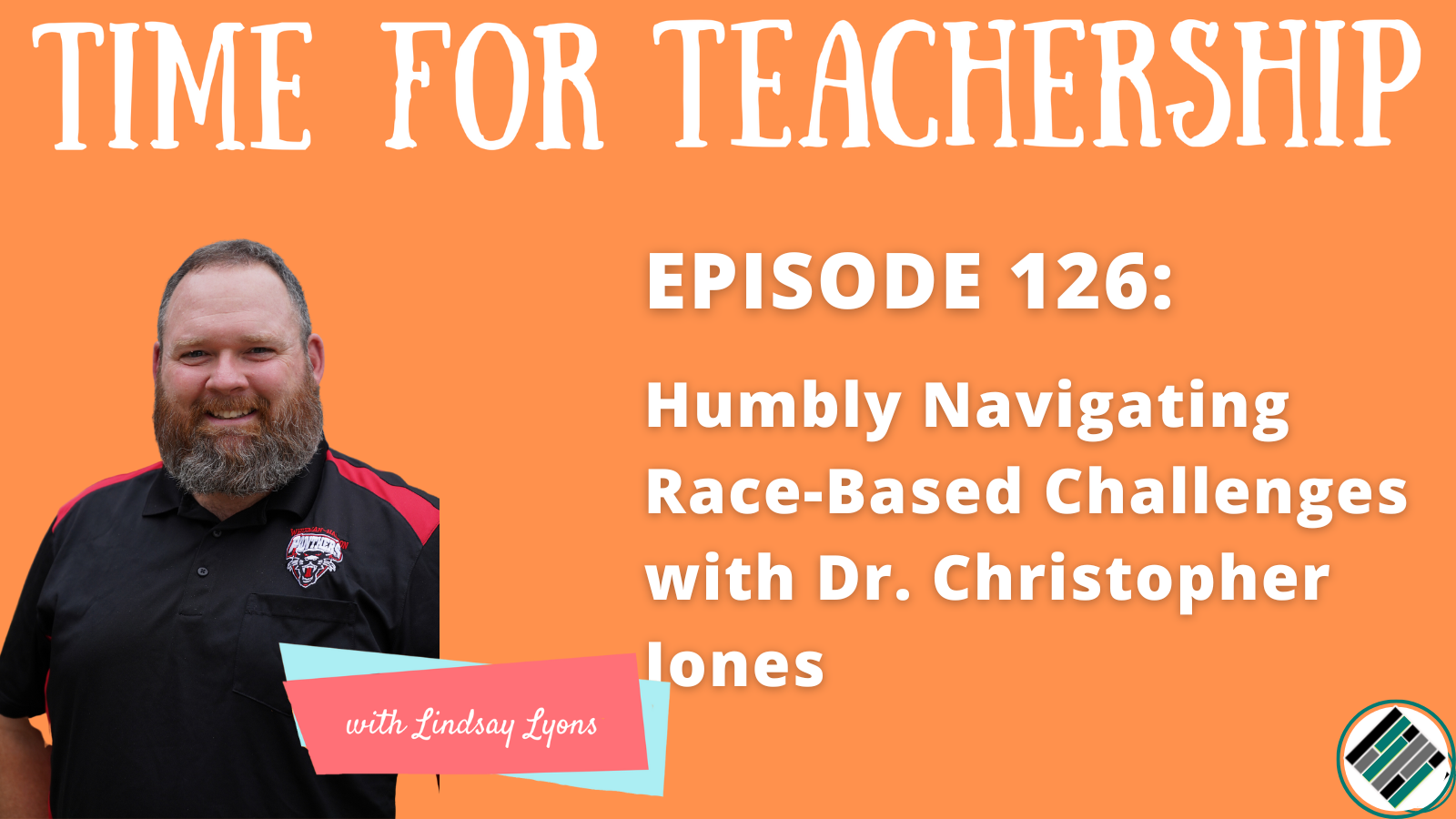We hear the term “buy in” all the time, especially in the field of education. We want people to be on the same page about proposed changes or new ideas.
But are people really buying in? Or are they just complying because they have to?
We talk about how to initiate and sustain true change on episode 89 of the Time for Teachership podcast. Dr. Samuel D. Nix shares his wisdom with us for how to take steps towards significant, impactful change and progress. He highlights the importance of making a mindset shift and allowing that shift to impact your actions.
Here are some of the takeaways from our conversation.
Acknowledging Unconscious Biases
When asked what his dream for the field of education is, Dr. Nix said it was that there would be no more equity gap or learning gap. That every student would enjoy their education, benefit from it, and have the same opportunities as their peers.
But before this dream can be realized, we need to start recognizing and dismantling our unconscious biases.
Dr. Nix does an exercise with educators where they look at photos of a diverse set of students. Then, based on their ethnicity, gender, clothing, etc., educators will give them a grade from A to F, based on what they think they’d have.
Then comes the question: why? Why are certain grades assigned to certain students? Dr. Nix goes on to say that these are all A-level students. So why do we think otherwise? It comes down to those unconscious biases each and every one of us have.
Recognizing we have those biases is the first step to any real change and is the over-arching mindset shift that most educators need.
Steps to Initiate Change
Besides this understanding of unconscious biases, Dr. Nix identified five steps to get true buy-in from others—five steps to initiate true change. They are as follows:
- Engage in honest, transparent dialogue. This goes back to unconscious biases and the willingness to talk about it. This is the first step for any practical and lasting change.
- “Chunk the change.” Change is hard. And asking people to change something they’ve always done is even harder. Breaking things down into smaller “chunks” and action steps makes it easier.
- Listen to form relationships. Come from a place of truly desiring to understand where someone is coming from. This is the basis of all strong relationships and, ultimately, relationships are more important than ideas.
- Obtain feedback and input from the people the change impacts. Make sure you are listening to how people are impacted and what they think about the changes.
- Communicate progress with the people it impacts. You can do steps 1-4 perfectly, but this last step is what keeps people motivated and excited for the long term. Report back to everyone on how things are going and what the progress is.
Change doesn’t come over night—we know this. It’s an ongoing process that requires openness, vulnerability, and persistence.
It also requires the ability to look inward and reflect on where you are. Dr. Nix’s one next action step for all educators is to stop and think: are your actions having the impact they have the potential to have? Start with yourself and start with reflection.
We covered so much more in this conversation with Dr. Samuel D. Nix! Have a listen to the whole thing on episode 89 of the Time for Teachership podcast. You can also connect with Dr. Nix at his website, www.snix3consulting.com, or over on twitter: @samuelnix.
Quotes:
- 5:13 “I believe the most difficult thing to do, in any field, not just education, is shifting a person’s mindset. What you’re in essence dealing with is a belief. Experiences shape beliefs, beliefs influence actions, and actions produce results.”
- 31:37 “Even though you may be in a system that is inhibiting your freedom to be all the way autonomous … it is absolutely possible. Although challenging, it’s possible. And it doesn’t take a lot—there’s just some things you have to shift in your mindset.”
- 38:32 “The first thing that people should do is ask this question: ‘Are my actions having the impact that they have the potential to have?’”
Click to Tweet: https://ctt.ac/eiO61


















